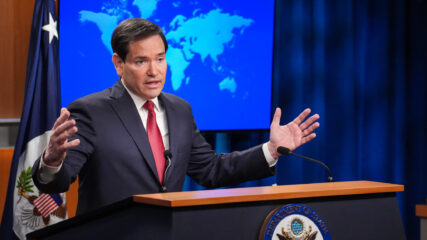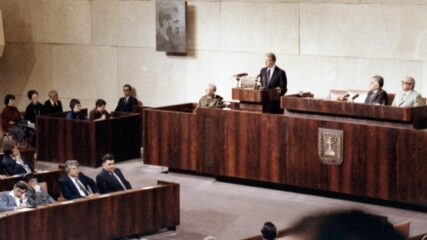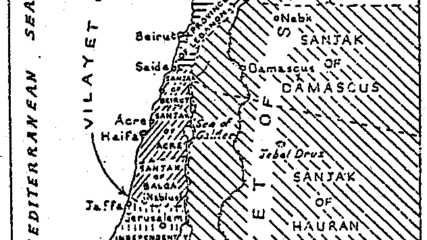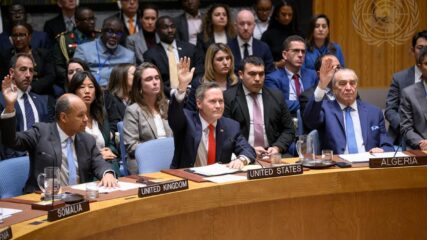May 3, 1898
Born Golda Mabovitch in Kiev, Russia, Meir’s family will immigrate to the United States in 1906. Settling in Milwaukee, Meir will attend high school and train to become a teacher. She will marry Morris Myerson and in 1921 the couple will immigrate to Palestine, eventually settling on Kibbutz Merḥavyah.
In 1928, upon leaving the Kibbutz, Meir will move to Tel-Aviv and become the Executive Secretary of the Women Workers Council of the Histadrut, the General Federation of Jewish Labor. She will rise through the ranks of the Histadrut, joining its Executive Committee in 1934. After the arrest of Moshe Sharett by the British in 1946, Meir will become the acting head of the Political Department of the Jewish Agency, the de-facto government of the yishuv (Jewish community) during the British Mandate. In January 1948, she will travel to the United States to raise money for arms for the anticipated war with the Arabs. She will return to Israel with $50 million.
Following the creation of the State in 1948, Meir will be appointed Israel’s first Ambassador to the Soviet Union, and in 1949 she will be appointed Minister of Labor. In 1956, she will become Foreign Minister and will serve in this capacity until her retirement in 1965. At this time David Ben-Gurion will persuade her to change her name from “Myerson” to “Meir.”
When Prime Minister Levi Eshkol dies of a heart attack on February 26, 1969, Meir will come out of retirement to become Israel’s fourth Prime Minister. She will be Israel’s first female prime minister, and only the third female prime minister in the world. Her most criticized act as prime minister will be the decision not to launch a pre-emptive strike at the start of the 1973 Yom Kippur War. She will instead wait for Syrian aggression, knowing that an offensive action will cost Israel American military support.
In 1974, the Labor coalition will break up and Meir will leave office. She will die four years later.
The photo shows Golda Meir in northern Palestine in 1947.









